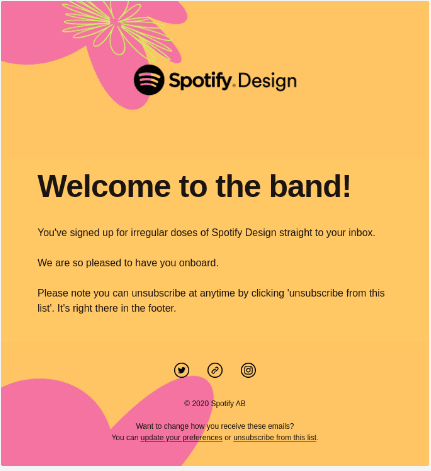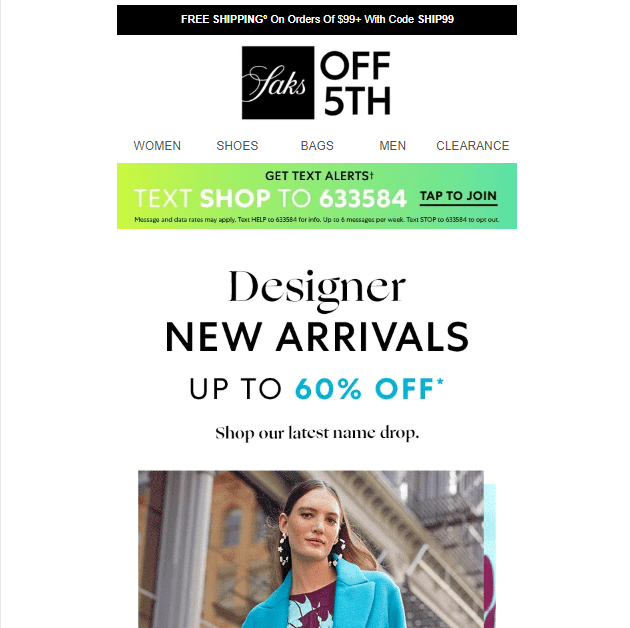There is a lot of trashy writing out in the world. For reference, please consider —well, almost anything online. There are many reasons why it’s so easy to find dreadful content. The main reason is that we now live in an age where gatekeepers are largely absent from the publishing process.
Sure, if Joe Schmoe decides to write an article about how he thinks his neighbor looks better in loafers than tennis shoes, the New Yorker probably won’t spend too much time considering it for publication.
But with little more than an internet connection, Joe can tell his story to the world. And because search engines are weird, people may actually wind up reading it.
Of course, the recent emergence of generative AI isn’t helping things. AI-generated content is dry and often inaccurate, but it has the distinct benefit of being free. What do you get when you combine lax publishing standards with unlimited access to mediocrity?
The internet.
Good marketing requires a little bit more than just the standard dribble. If you want to produce successful copy, you should put your heart in it. Below, we discuss four reasons why true marketers will always give every sentence their all.
READ: Cracking the Code of Business Marketing — 10 Strategies for Success in a Dynamic Landscape
Reason 1: It’s what clients expect
Keep in mind that with the increasing prominence of Chat GPT, mediocrity is now free. Which means no one is going to want to pay a marketer for it. When clients put money on the table, they expect the product they receive in return to generate value.
Strong writing will make them feel like they are being rewarded for their investment. Turn in bad copy even once, and you’re likely going to be replaced by a machine in the near future.
READ: 4 Prompts and Tips for ChatGPT — A Comprehensive Guide for Marketers
Reason 2: It stands out
Did we mention that the internet is filled with garbage? Well, it is. So much garbage, in fact, that the average reader may not be used to reading well-written, thoughtfully produced content. When they do see it, it stands out.
You can toss around lots of thoughts and philosophies around marketing, but the bottom line is that standing out is what the job is all about. Write content that is worth being read.
Reason 3: It stays evergreen
Digital marketing implements many tools and theories to boost the visibility of content. Search engine optimization is the process of using keywords, along with a variety of other strategies, to help get content seen on the search engines or social media.
SEO is definitely important, but some marketers prioritize it above anything else. Who cares if the copy is bad because you used the phrase “new roofs in Michigan,” 33 times in 500 words? It ranked, didn’t it?
But here’s the thing: no one actually knows how Google ranks and prioritizes content. We take good guesses, many of which turn out to be correct. But the actual algorithm is secret, and constantly changing.
The goal of that algorithm, however, is not so secret. Promote high-quality content. Marketers who punch out terrible but strongly optimized content may rank for a few weeks, but what happens when Google shakes up the algorithm?
It’s too easy to put all of your eggs in one basket with SEO. Good writing is a much more sustainable content production strategy. Why? Besides the fact that people will always prefer reading good copy to a bunch of garbled-up keywords, strong writing can organically help your content rise in online visibility.
People will repost or share good content much more frequently than they will purely SEO-driven copy. While many marketers focus more on keywords because it is quantifiable, reposts and backlinks are just as valuable when it comes to rising through the search engine ranks.
READ: What are Your SEO Content Gaps? Plus, 3 Ways to Fix Them
Step 4: It’s just better
That’s the bottom line. Writing at the professional level is a product. To stay competitive and effective, you should care about product development and improvement the same way anyone else in business would.
If other people want to use keyword saturation and AI to mass produce mediocrity, let them do it. In fact, be thrilled when they do, because it only makes your stuff look better. Algorithms and social media publishing standards change daily. The desire for high-quality products does not.
If you’re going to write, write well.
Developing your writing skills
Naturally, there are many educational programs available to help you improve your writing skills. These are good ways to learn the basics in a structured environment. However, writing is something that you learn by doing.
As Stephen King said, you can consider the first million words practice.
Million?
Well, that’s what The King said. The average marketer who wants to punch up their copy might not need to take things quite so far. However, you should get comfortable with the idea that improving your writing isn’t something that happens overnight. It is a lifelong process that never truly ends.
So sure. Take the classes. Study up on best practices. But most of all, start putting in the work. You’ll find that, while you may not go from zero to hero in a week, your skills will develop quite quickly when your efforts are focused and deliberate.
Quality never goes out of style. Put in the work. Write deliberately. Write well. Write often. Just write.
 Andrew Deen has been a consultant for startups in a number of industries from retail to medical devices and everything in between. He implements lean methodology and is currently writing a book about scaling up business.
Andrew Deen has been a consultant for startups in a number of industries from retail to medical devices and everything in between. He implements lean methodology and is currently writing a book about scaling up business.




